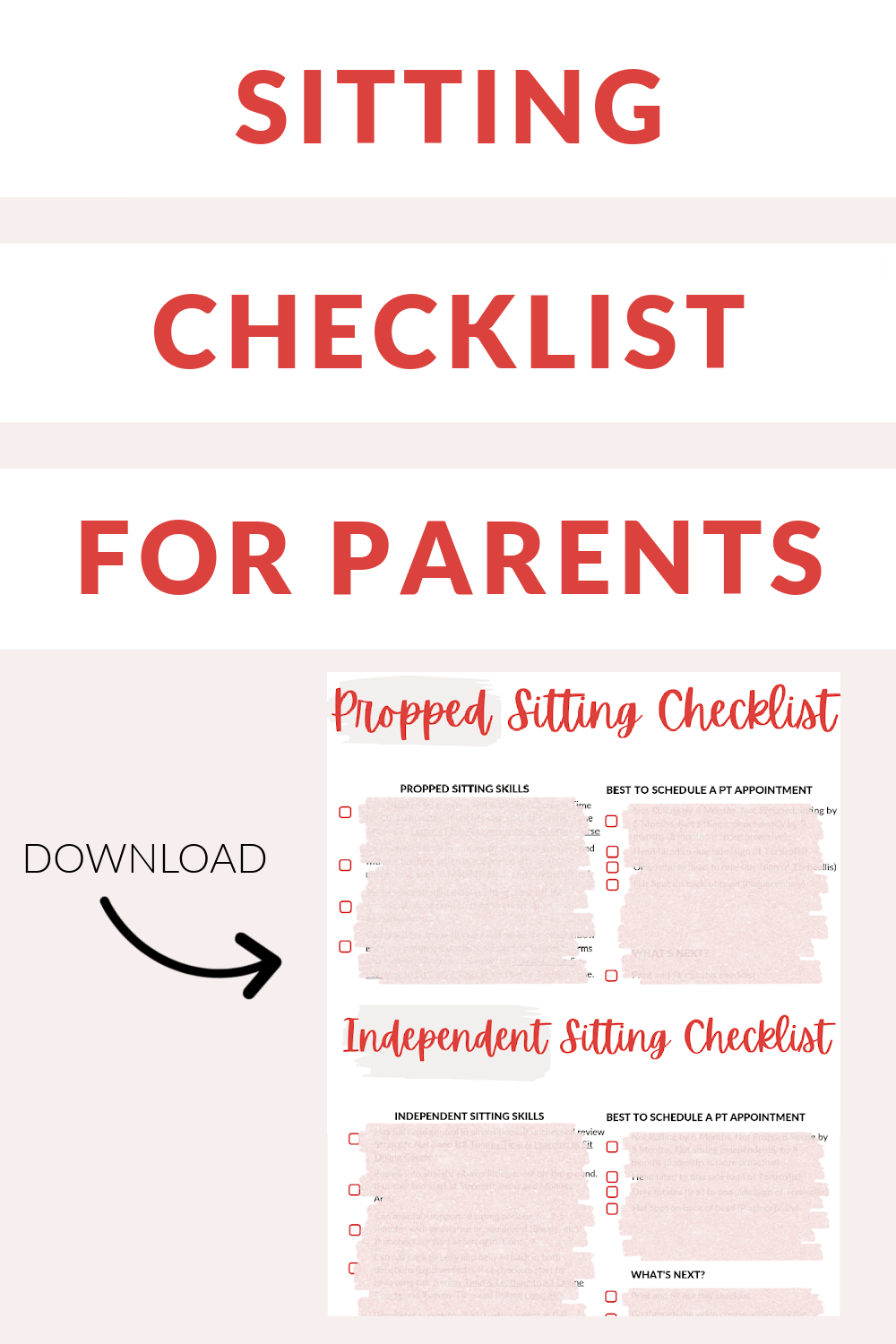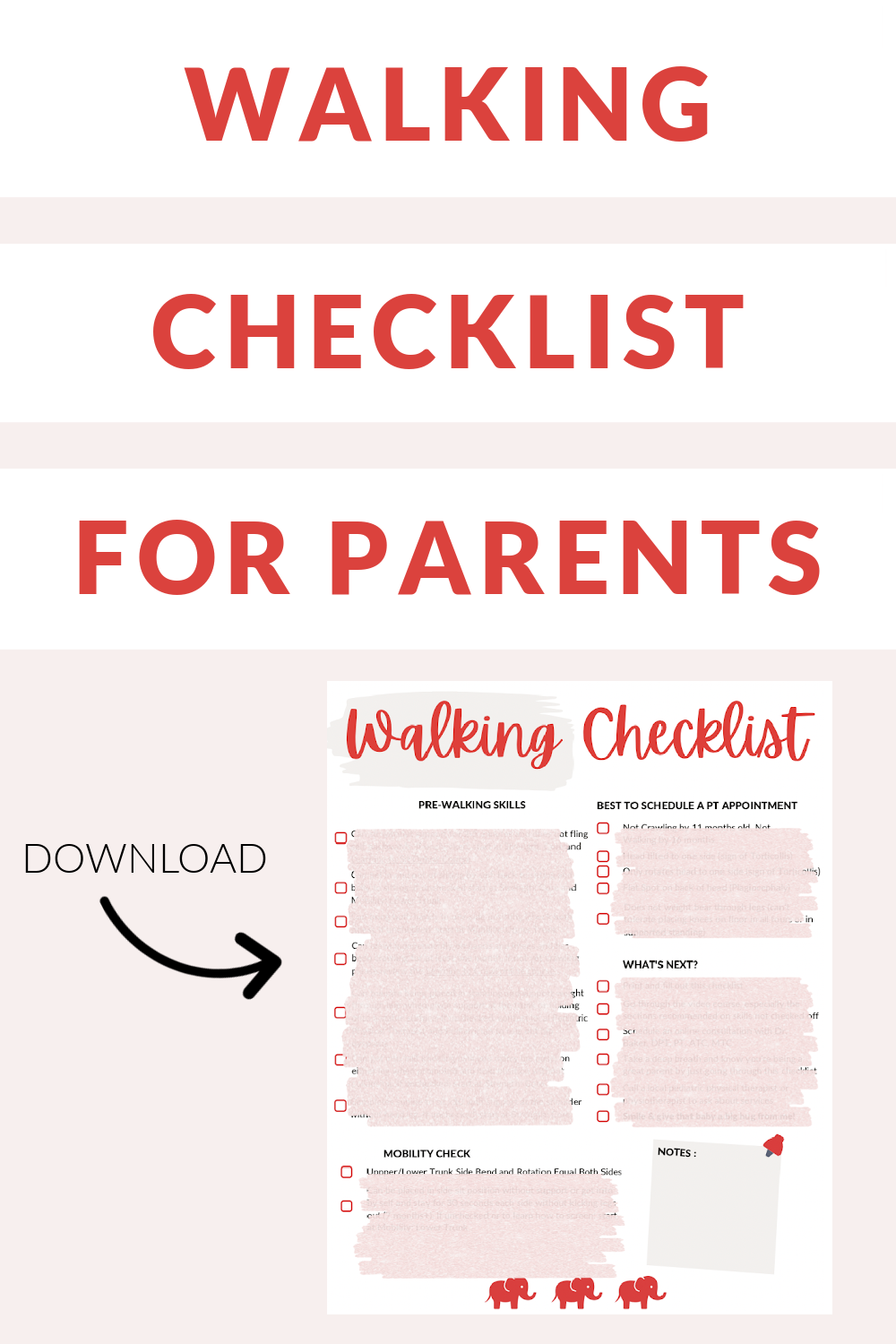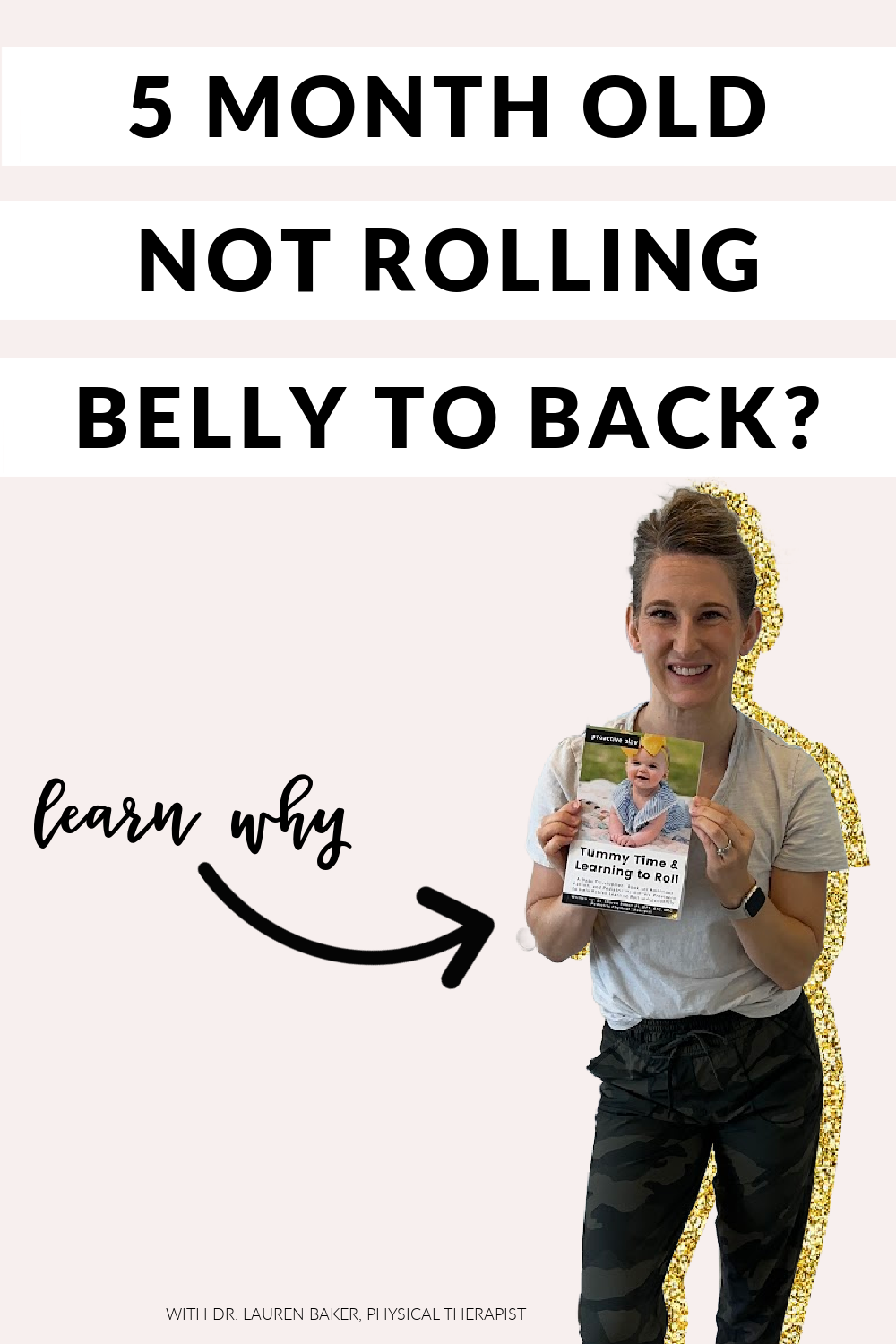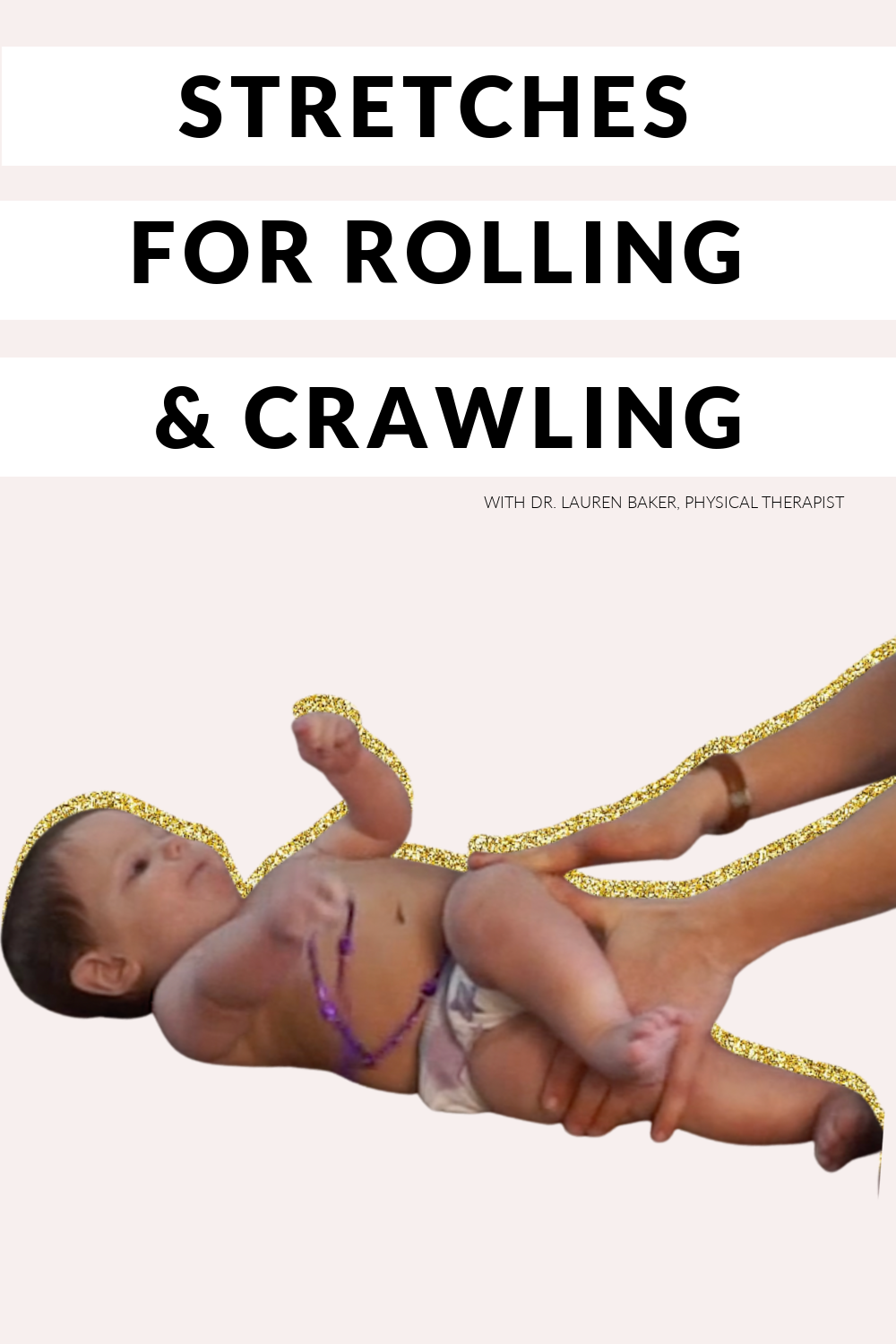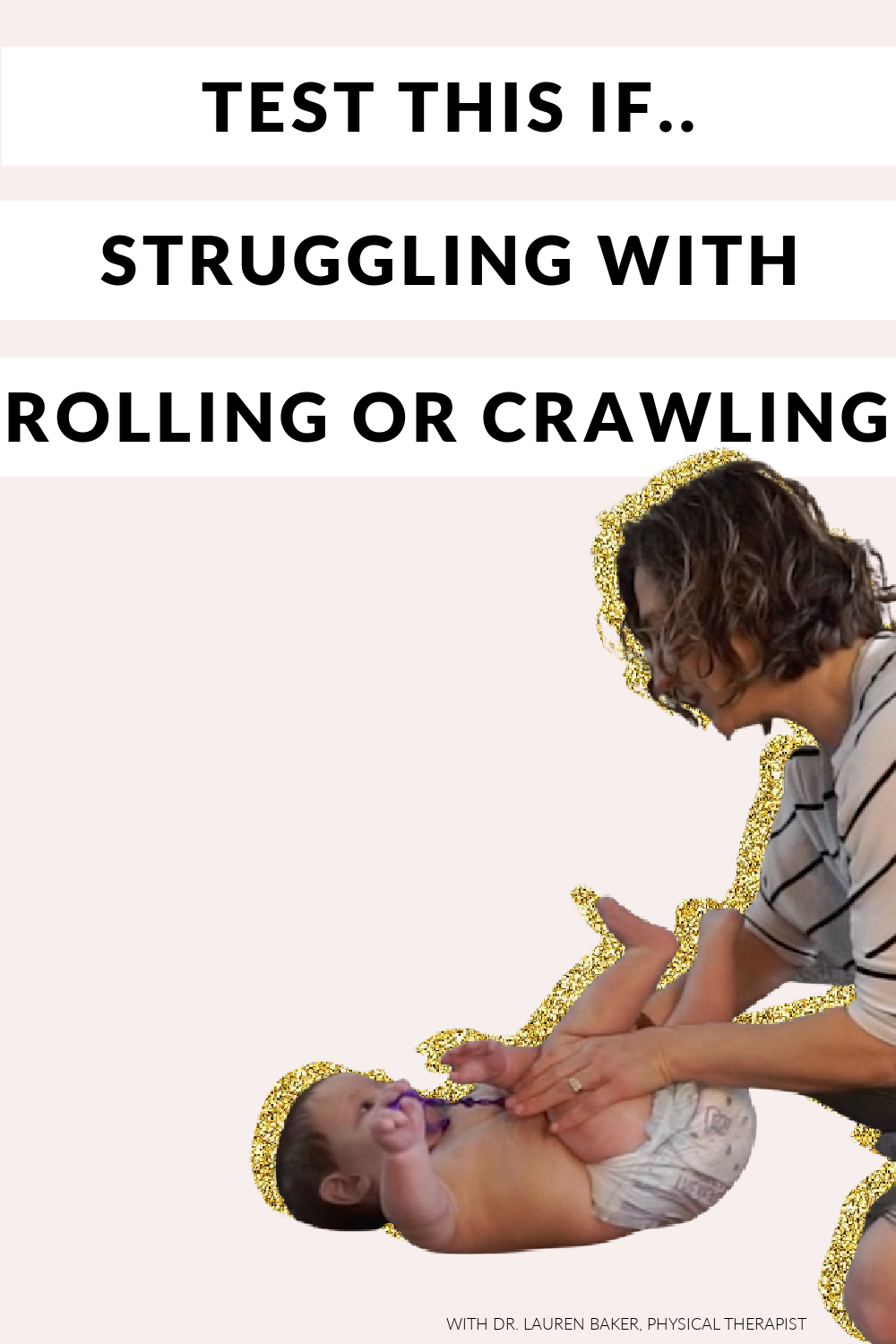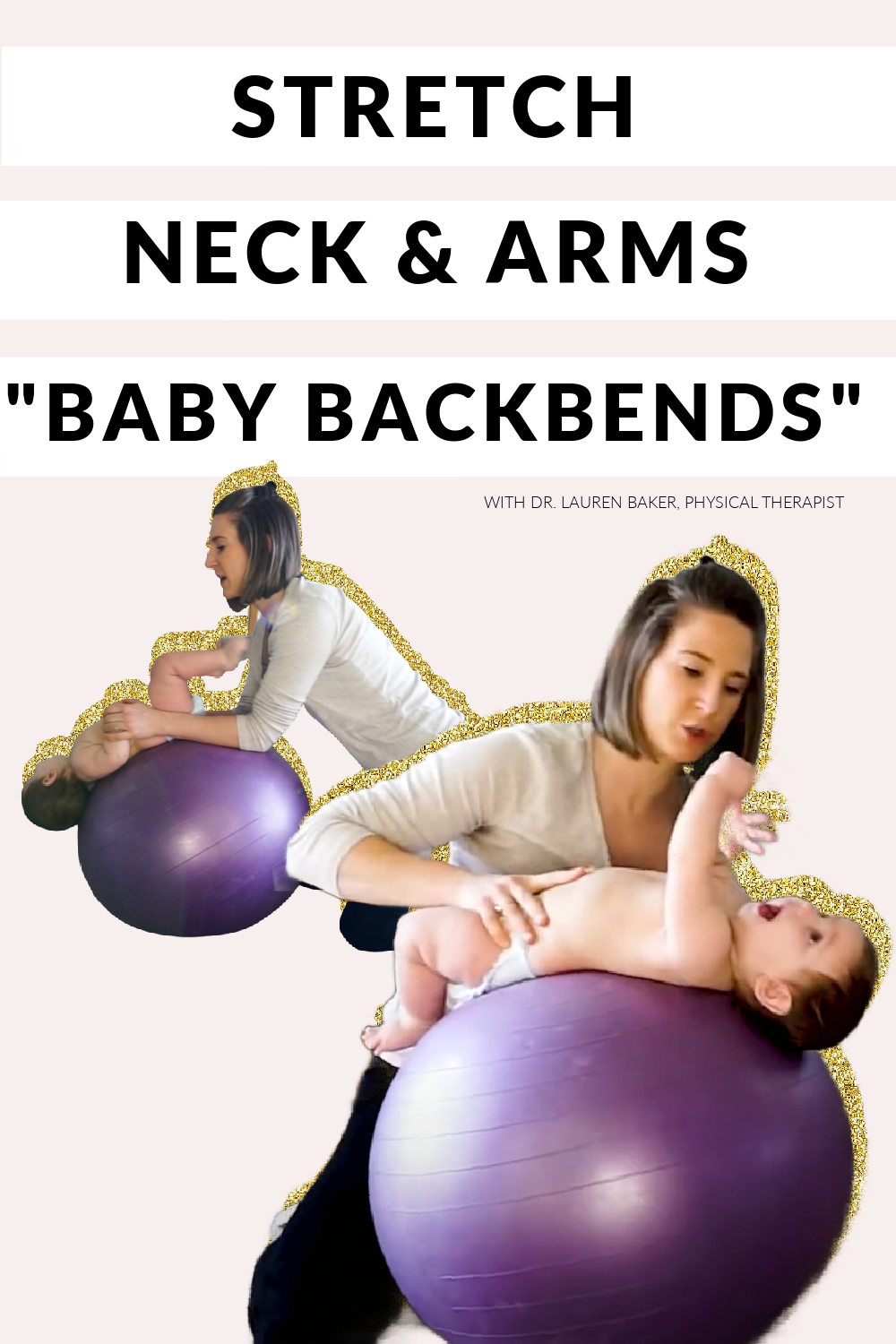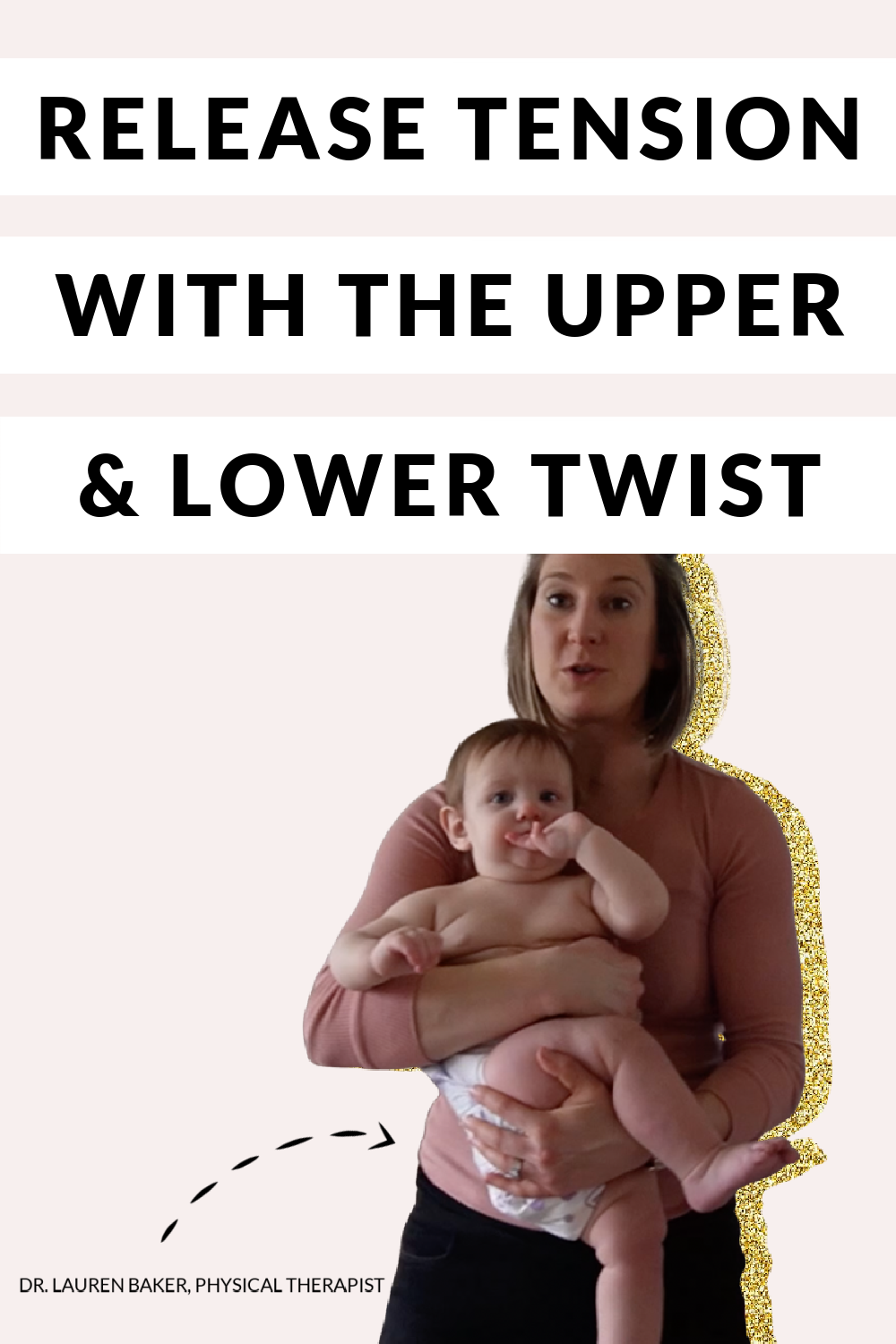Walking
this page contains affiliate links
Curious About Learning More on How To Teach Babies To Walk Without Support?
The absolute best resource for parents on helping their babies learn to walk with and without support is the free online course: Learning to Walk by Dr. Baker.
To gain immediate access to the online course, click the link above, submit your information, and the online course instructions will be emailed to you directly.
The free online video course is designed to help parents fully understand how to help their children walk with and without support and trouble shoot what building block of walking the child might not have mastered yet.
It comes with video examples of exercises, printable checklists to know exactly where your baby is at, and information on when to reach out for additional help.
This online course was created by Dr. Lauren Baker, PT, DPT, ATC, MTC, who is a Pediatric Physical Therapist in Boise, Idaho, trained in helping parents learn how to help their babies move and master their milestones.
She loves teaching parents how to see how their babies are moving as well as how to influence those movements though play positions and exercises to help babies move with confidence and ease.
It is meant to help ambitious parents understand baby development from 9-18 months (getting in/out of standing, cruising/walking with support to independent walking).
This online course breaks down each piece of movement in checklists so that parents know what their babies need for walking and it also covers a checklist to make sure babies have mastered crawling (otherwise, this could be a reason why walking is still a struggle!)
It also covers what areas might limit a child with walking, how to get in/out of standing, how to walk with and without support, and when to seek help from a pediatric PT.
This online course can help parents implement safe, strategic play-based exercises with their babies in 20 minutes per day.
A Great Resource For:
Parents and Pediatric Healthcare Providers of babies 9-18 months
Parents of babies who are struggling with getting in/out of standing or walking with/without support
Access to simple, easy-to-follow videos of play positions and exercises
Learning the four pillars of movement needed in order to master walking independently
8 Online Course Modules
Building Blocks of Walking
Walking Checklists + Shoe Guides
Getting Into Standing
Cruising and Walking With/Without Support
Strength Exercises
Mobility Exercises
Walking Specific Play Exercises
Next Steps: How to Prep for Jumping & Climbing
What If You Want Extra Help?
If you have concerns about your baby’s ability to pull into standing, cruise (walking while holding onto furniture), or walking independently without support, remember, you can always reach out to a pediatric physical therapist.
It's your right as a parent to advocate for your child's development. Sometimes, a few tips and tricks are all you need to get your baby moving better.
I’m here to support you and release those worries.
For those eager to learn more or seeking personalized guidance, I offer online video parent consultations internationally and Pediatric Physical Therapy in Boise, ID and the Treasure Valley – which you can learn more about by scheduling a free 20 minute chat with me (Idaho only) or an online parent consultation by clicking here.
I am dedicated to answering questions and providing tailored play activities for each unique developmental journey.
When Should A Child Receive Pediatric Physical Therapy?
Parents can call and schedule with a Pediatric Physical Therapist at any time, for any concern in all fifty states without a referral from their Pediatrician.
Pediatric Physical Therapy is medically indicated in all babies who are not walking on their own without support by 18 months. Proactive Pediatric Physical Therapy recommend if a child is not walking on their own by 16 months.
Pediatric Physical Therapy is medically indicated if you notice a flat spot on the back of an infants head (possible plagiocephaly), a tilt of their head consistently to one side (ear to shoulder - possible torticollis), or a rotation preference of their neck (consistently look only to the right or left - possible torticollis).
Flat spots can be due to in-utero positioning, rotational preference (right sided flatness most common) and babies are at an increased risk for flatness if they are male, were breech, multiple birth, premature, have difficulty with tummy time, or are in containers > 2 hr/day. Flat spots can only be treated up until 18 months and success decreases after the age of 12 months.
Jumping
Approximately 6 months after walking independently, children will begin showing signs of attempting to jump on their own.
Once a child is 2-2.5 years old, they are typically able to jump forward 4-23 inches.
If a child is 2.5 years old and have been walking for > 6 months and they are not yet showing signs of jumping (up, down, and forward), there may be strength, power, or coordination skills that they need help acquiring.
One of my favorite ways to work on building lower leg strength and endurance is the toddler squat which can be done supported or having them do it on their own.
What If You Want Extra Help?
If you have concerns about your child’s ability to jump up, down, or forward with/without support, remember, you can always reach out to a pediatric physical therapist.
It's your right as a parent to advocate for your child's development. Sometimes, a few tips and tricks are all you need to get your child moving and more confident in their coordination.
I’m here to support you and release those worries.
For those eager to learn more or seeking personalized guidance, I offer online video parent consultations internationally and Pediatric Physical Therapy in Boise, ID and the Treasure Valley – which you can learn more about by scheduling a free 20 minute chat with me (Idaho only) or an online parent consultation by clicking here.
When Should A Child Receive Pediatric Physical Therapy?
Parents can call and schedule with a Pediatric Physical Therapist at any time, for any concern in all fifty states without a referral from their Pediatrician.
Pediatric Physical Therapy is medically indicated in children who are showing significant signs of struggle with jumping at 2.5 years, are not jumping forward 4 inches by 3 years, not jumping down from a 12 inch height and landing with both feet at the same time by 3 years, or not jumping 1-2 inches off the ground by 3 years.
Stairs
Climbing skills begin as babies, when they crawl over objects on the floor and get on/off of elevated surfaces such as play equipment or a couch/chair.
Babies who skip crawling are at risk for having difficulty with climbing up and down stairs as they did not have the hip, leg, and core strengthening opportunities of their crawling peers.
Children who always lead with one foot when going up the stairs and with the other foot when going down stairs are potentially showing signs that one side of their body is stronger or more balanced than the other.
For example, if a child uses their right leg when going up the stairs and their left leg going down the stairs, their right leg is potentially stronger than their left leg. If they can do the opposite direction when prompted, there is less concern, but if they refuse or cannot without assistance, the left leg may be weaker than the right.
Children should be able to walk up stairs without holding on by 2.5 years (either with one foot or two feet on a step).
Typically, children should be able to walk up with either leg when prompted using one foot on each step by 3-3.75 years of age.
If a child is struggling with stepping up with one leg but not the other, try this activity to increase strength and confidence in the leg they tend to avoid using.
What If You Want Extra Help?
If you have concerns about your child’s ability to climb up or down stairs with/without support, remember, you can always reach out to a pediatric physical therapist.
It's your right as a parent to advocate for your child's development. Sometimes, a few tips and tricks are all you need to get your child moving and more confident in their coordination.
I’m here to support you and release those worries.
For those eager to learn more or seeking personalized guidance, I offer online video parent consultations internationally and Pediatric Physical Therapy in Boise, ID and the Treasure Valley – which you can learn more about by scheduling a free 20 minute chat with me (Idaho only) or an online parent consultation by clicking here.
When Should A Child Receive Pediatric Physical Therapy?
Parents can call and schedule with a Pediatric Physical Therapist at any time, for any concern in all fifty states without a referral from their Pediatrician.
Pediatric Physical Therapy is medically indicated in children who are showing significant signs of struggle with stairs at 2 years, are not going up/down stairs with support using both legs by 2.5 years (either with one foot or two feet on a step), not walking up stairs with one foot on each step without support by 3 years, or not walking down stairs with one foot on each step without support by 4 years of age.
Throwing & Catching
If a child is having difficulty with throwing/catching, it could be due to difficulty with coordinating their eyeballs!
When a ball comes toward a child, their eyeballs need to come together in order for them to accurately catch a ball.
If you notice a child closing their eyes as the ball comes toward them, they do not yet have the coordination of their eyeballs coming together, so they close their eyes instead.
This decreases their accuracy and often the ball will bounce off their chest or arms instead of them catching it.
try this activity with your child to train their eyeballs (kids love it! and you can even have them do it to you too!).
What If You Want Extra Help?
If you have concerns about your child’s ability to throw a ball overhand, underhand, or catch a ball, remember, you can always reach out to a pediatric physical therapist.
It's your right as a parent to advocate for your child's development. Sometimes, a few tips and tricks are all you need to get your child moving and more confident in their coordination.
I’m here to support you and release those worries.
For those eager to learn more or seeking personalized guidance, I offer online video parent consultations internationally and Pediatric Physical Therapy in Boise, ID and the Treasure Valley – which you can learn more about by scheduling a free 20 minute chat with me (Idaho only) or an online parent consultation by clicking here.
I am dedicated to answering questions and providing tailored play activities for each unique developmental journey.
When Should A Child Receive Pediatric Physical Therapy?
Parents can call and schedule with a Pediatric Physical Therapist at any time, for any concern in all fifty states without a referral from their Pediatrician.
Pediatric Physical Therapy is medically indicated in children who are not throwing/catching by 3-4 years old.







